500 years since the letter of Neacșu of Câmpulung
Neacșu's brief note has been researched extensively by historians and linguists

Steliu Lambru, 12.12.2021, 13:41
In
1894, Friedrich Stenner, an archivist with the Brașov City Archives, found a
document written in Cyrillic alphabet by a Neacșu from the town of Câmpulung. It
was a letter to the mayor of Braşov, Hans Benkner, in which Neacșu was warning
of Ottoman military manoeuvres on the Danube and advised measures should be
taken. The letter dates back to 1521 and is regarded as the first document in
Romanian preserved to this day.
Neacșu’s brief note
has been researched extensively by historians and linguists. The former have
focused on the players involved and the political context of the 16th
Century, and the latter analysed the Romanian language of the time.
Regional politics was
dominated by the Ottoman Empire’s expansion into Central Europe. Since the
mid-14th Century and until 1521, the Ottomans had conquered the
Balkans and were heading for Hungary, which was to fall in 1526. Historian Radu
Nedici, a professor of Medieval history with the University of Bucharest, was
the first to provide an explanation for the document:
Radu Nedici: Historians
tried to come up with an explanation for the letter. The most reasonable of
them seems to be the haste to convey information on an Ottoman military
campaign. The standard at the time was to use Slavonic or Latin in the
correspondence between Wallachia, Transylvania and the Kingdom of Hungary. Very
likely the rush to send urgent intelligence regarding an Ottoman attack and a
possible threat to Braşov prompted Neacșu to write this letter in Romanian.
The
strongest ties between the German towns in the Transylvanian Carpathians and
the other Romanian provinces were economic. Câmpulung and Brașov, only 85 km
from each other, had over two centuries old connections, and those who
preserved that contact were mostly merchants. Neacșu was apparently part of Câmpulung’s
trading elite, says Radu Nedici:
Radu Nedici: Unfortunately we know little today about Neacșu of Câmpulung. He is
never mentioned in documents prior to this letter. He seems to be a merchant
from Câmpulung, involved in trading Oriental products that would transit
Wallachia on their way to Central Europe, via Brașov. On the other side we have
the magistrate from Braşov, the mayor of the town, mentioned in a lot more
documents. Since Brașov was one of the main towns in Transylvania, his position
was quite important.
In 1521, Wallachia was
ruled by prince Neagoe Basarab. In fact, the prince died around 3 months after
the letter was written. The country was likely to fall under Ottoman influence,
but Wallachian nobility were still hoping for support from Hungary. Therefore,
Wallachian princes and characters like Neacșu would readily keep the Christians
across the mountains up to date with the Ottomans’ moves.
The letter was
complete, written in brown ink, in good condition, with a seal on the back. We asked
Radu Nedici about the Romanian language spoken in the 16th Century:
Radu Nedici: To a 21st
Century reader, the language is rather hard to understand, because a lot of
Slavonic phrases are used. The beginning and ending, as well as the connectors
for each paragraph, are taken as such from Slavonic, hence the difficulty of
understanding the text. On the other hand, the language is quite comprehensible
if we look exclusively at the part of the text in Romanian. So we have a
language developing in a direction that we can recognise today.
In a book published in
1970, linguist Aurel Nicolescu counted 190 unique words in Neacşu’s letter. 178
of them come from Latin, 11 are Slavonic and Hungarian, and only 1 comes from
Turkish.
Radu Nedici: The letter was written at a time
when Romanian was just being introduced in the princely chancellery. This happened
as the Romanian language was beginning to be used extensively, including in
official contexts. This is a document written at a precisely known date, in
1521, so in mid-16th Century we are beginning to see
Romanian-language documents written in Romanian chancelleries. It was the time
when the Romanian language was developing and becoming predominant.
The
letter of Neacșu of Câmpulung is the written testimony that Romanian was used
in correspondence 500 years ago. In the five centuries that followed, various
influences have enriched it and turned it into the language we speak today. (tr, A.M. Popescu)






























